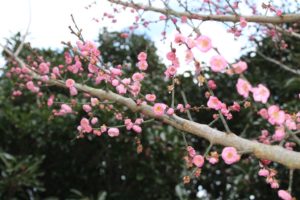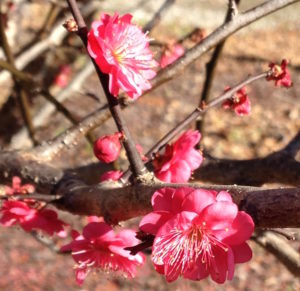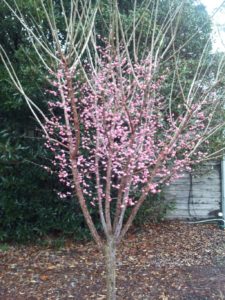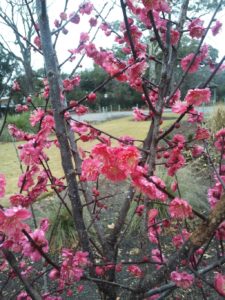Flowers to Chase Away the Winter Blahs
go.ncsu.edu/readext?446583
en Español / em Português
El inglés es el idioma de control de esta página. En la medida en que haya algún conflicto entre la traducción al inglés y la traducción, el inglés prevalece.
Al hacer clic en el enlace de traducción se activa un servicio de traducción gratuito para convertir la página al español. Al igual que con cualquier traducción por Internet, la conversión no es sensible al contexto y puede que no traduzca el texto en su significado original. NC State Extension no garantiza la exactitud del texto traducido. Por favor, tenga en cuenta que algunas aplicaciones y/o servicios pueden no funcionar como se espera cuando se traducen.
Português
Inglês é o idioma de controle desta página. Na medida que haja algum conflito entre o texto original em Inglês e a tradução, o Inglês prevalece.
Ao clicar no link de tradução, um serviço gratuito de tradução será ativado para converter a página para o Português. Como em qualquer tradução pela internet, a conversão não é sensivel ao contexto e pode não ocorrer a tradução para o significado orginal. O serviço de Extensão da Carolina do Norte (NC State Extension) não garante a exatidão do texto traduzido. Por favor, observe que algumas funções ou serviços podem não funcionar como esperado após a tradução.
English
English is the controlling language of this page. To the extent there is any conflict between the English text and the translation, English controls.
Clicking on the translation link activates a free translation service to convert the page to Spanish. As with any Internet translation, the conversion is not context-sensitive and may not translate the text to its original meaning. NC State Extension does not guarantee the accuracy of the translated text. Please note that some applications and/or services may not function as expected when translated.
Collapse ▲Even though it’s still early, our gardens are beginning to awaken from their short winter slumber. I’ve noticed new growth on daylilies and roses already. If a bit of new growth doesn’t quite chase away your winter blahs, consider adding Japanese flowering apricot to your garden. It always blooms in January and February in shades of white, pink and red.
Japanese flowering apricot (Prunus mume) is similar in habit and appearance to some of the smaller flowering cherries that bloom a bit later in the season. Expect a small tree with a rounded branch structure reaching 20 feet or so. This winter wonder isn’t too fussy about soil as long as it’s well-drained. You will notice better growth and flower bud set in soils with a bit of extra organic matter; especially if your soil is very sandy.
Full sun is a must for the flowering apricot. Even small amounts of shade will the reduce flower bud set. As the tree develops, lower branches are often shaded to the point that they die.
You won’t see this particular Prunus in every garden center, but it’s not impossible to find. The Japanese have been playing with this plant long enough to have more than 250 named varieties, but the choices in our neck of the woods are much smaller. ‘Peggy Clarke’ is a popular selection that bears double flowers in a deep-rose shade. ‘Kobai’ has red, semi-double flowers on a vigorous plant. Weeping selections such as ‘W.B. Clarke’ (double pink flowers) and several white-flowered forms are available. Most flowering apricots have at least some fragrance.
When we talk about anything in the Prunus genus, we usually begin a long list of pest problems such as white peach scale, peachtree borer and scab. It’s not impossible to see some of these problems on flowering apricot, but healthy trees don’t usually have significant issues. Trees that are grafted on peach rootstocks may be attacked by the peachtree borer.
We have several specimens of flowering apricot in the Display Garden at the New Hanover County Arboretum including ‘Peggy Clarke’, ‘Kobai’, ‘Alba Plena’ and ‘Matsubura Red’.
 Japanese flowering apricot has never become popular because it blooms well ahead of most people’s bouts of spring fever. But, if you’re like me and always looking for something else to chase away those winter doldrums, this small tree is just right.
Japanese flowering apricot has never become popular because it blooms well ahead of most people’s bouts of spring fever. But, if you’re like me and always looking for something else to chase away those winter doldrums, this small tree is just right.
Other members of this genus that bloom just after Japanese flowering apricot are planted in the Arboretum including ‘Okame’, ‘Snowgoose’ and ‘Dreamcatcher’ flowering cherries and the hybrid plum called ‘Blireana’.







